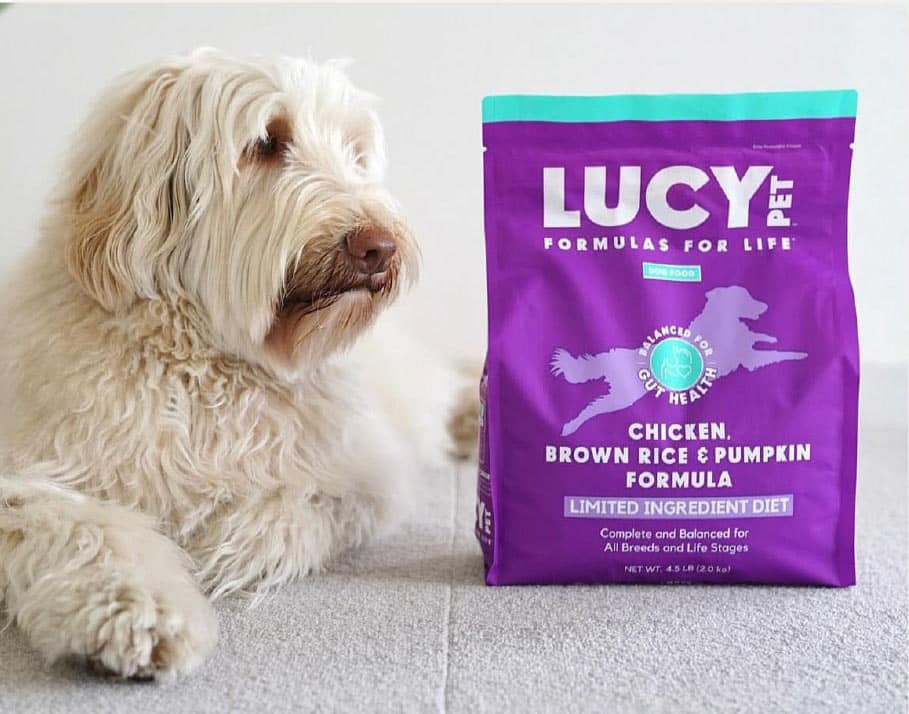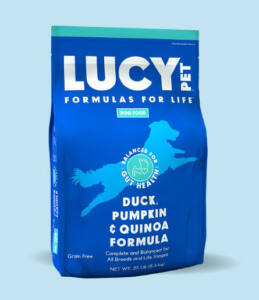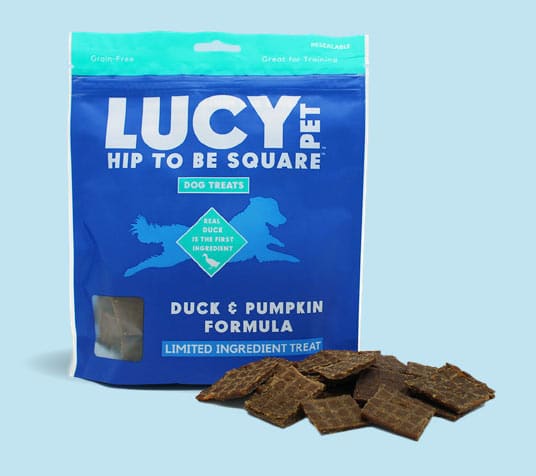SEE ALL THE BENEFITS OF LUCY PET FORMULAS FOR LIFE®
Precisely formulated to support a healthy digestive system. Premium ingredients provide a balanced variety of nutrition to support a healthy gut environment.![]()
SEE ALL THE BENEFITS OF LUCY PET FORMULAS FOR LIFE®
Precisely formulated to support a healthy digestive system. Premium ingredients provide a balanced variety of nutrition to support a healthy gut environment.
![]()
OUR FORMULAS

HARRY Loves his Lucy Pet® Food!
“I’m grateful that it has everything I care about, such as superfoods,
omega-3, and intestinal environment support, all as my regular meal.😋
It’s nice to know that the food is tested.”
It’s a food I trust! – @harry_bless_you






 Formulas for Life®
Formulas for Life®

 Formulas for Life®
Formulas for Life®
 Hip to Be Square®
Hip to Be Square® Hip to Be Square®
Hip to Be Square®  Hip to Be Square®
Hip to Be Square® Skippin’ Rounds™
Skippin’ Rounds™

